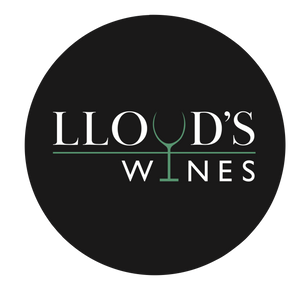How Did Austrian Dry White Wines Become World-Renowned?
Aug 24, 2024
The beauty of ordering wine from a renowned online retailer is that you not only get the wider range and convenience that comes with shopping online but also the connoisseur’s eye you get from an esteemed wine merchant.
There is a focus not only on quality but also on unique bottles from countries with wine traditions that are not always as celebrated as the traditional Old World wine hotspots of France, Portugal and Italy.
Whilst technically an Old World region, the great wine tradition of Austria has gone through one of the most remarkable metamorphoses in the history of viticulture, as whilst they are now known for elegant dry white wines from winemakers such as Waldschuetz, they used to have the exact opposite tastes.
However, a focus on sweet and semi-sweet, cheap white wines designed for mass production and export went badly wrong, and it took decades for the country’s wine industry to recover.
Frostschutzwein
Austria has had a wine tradition for over 6000 years, but the warning signs for what would happen in 1985 were sown decades previously.
After the First World War, Austrian vintners moved away from the traditional domestic market and started producing wine in bulk for export.
In particular, the vast majority of wine was produced specifically for the German market, which by the latter half of the 20th century had a preference for a specific kind of late-harvest sweet wine known as Prädikatswein (specifically, an Auslese or Beerenauslese depending on the level of noble rot).
German buyers at the time saw any Auslese-category wines at a relatively low price as a bargain, rather than a cause for concern, and Austrian manufacturers often priced their wines lower.
However, late-harvest grapes are very vulnerable to seasonal conditions, and several bad harvests in a row led to the Austrian wine industry struggling with several years of dilute, acidic and drier wines, with 1982 seen as such a nadir that many mass-market suppliers were left unable to fulfil orders made by German supermarkets.
This desperation led to what can be politely described as “adulteration” but in reality was at best criminal wine fraud and at worse outright poisoning.
The chemical compound diethylene glycol is an industrial solution primarily used as a solvent for organic compounds, wallpaper strippersand is a minor ingredient in many types of antifreeze as a byproduct of ethylene glycol.
It was also used to artificially sweeten the otherwise unsellable Austrian wine to make it taste sweet without using sugar or other sweeteners that were no less illegal but were much easier to spot.
Whilst the originator of the fraud was never found, it was believed by German wine chemists that it must have been a larger manufacturer who hired another wine chemist to adulterate the flavour and body.
DEG has led to thousands of deaths and can cause organ failure if small amounts are consumed in the long term.
Once it was discovered in 1985, the Austrian Wine industry suffered a reckoning that it would take 15 years and a complete change of approach to heal from and for Austrian wines to stop being treated with suspicion at best and outright blacklisted at worst.
New regulations, classifications and a focus on Austria’s domestic market led to a shift towards the dry white wines using grapes such as Grüner Veltliner that endure to this day.


